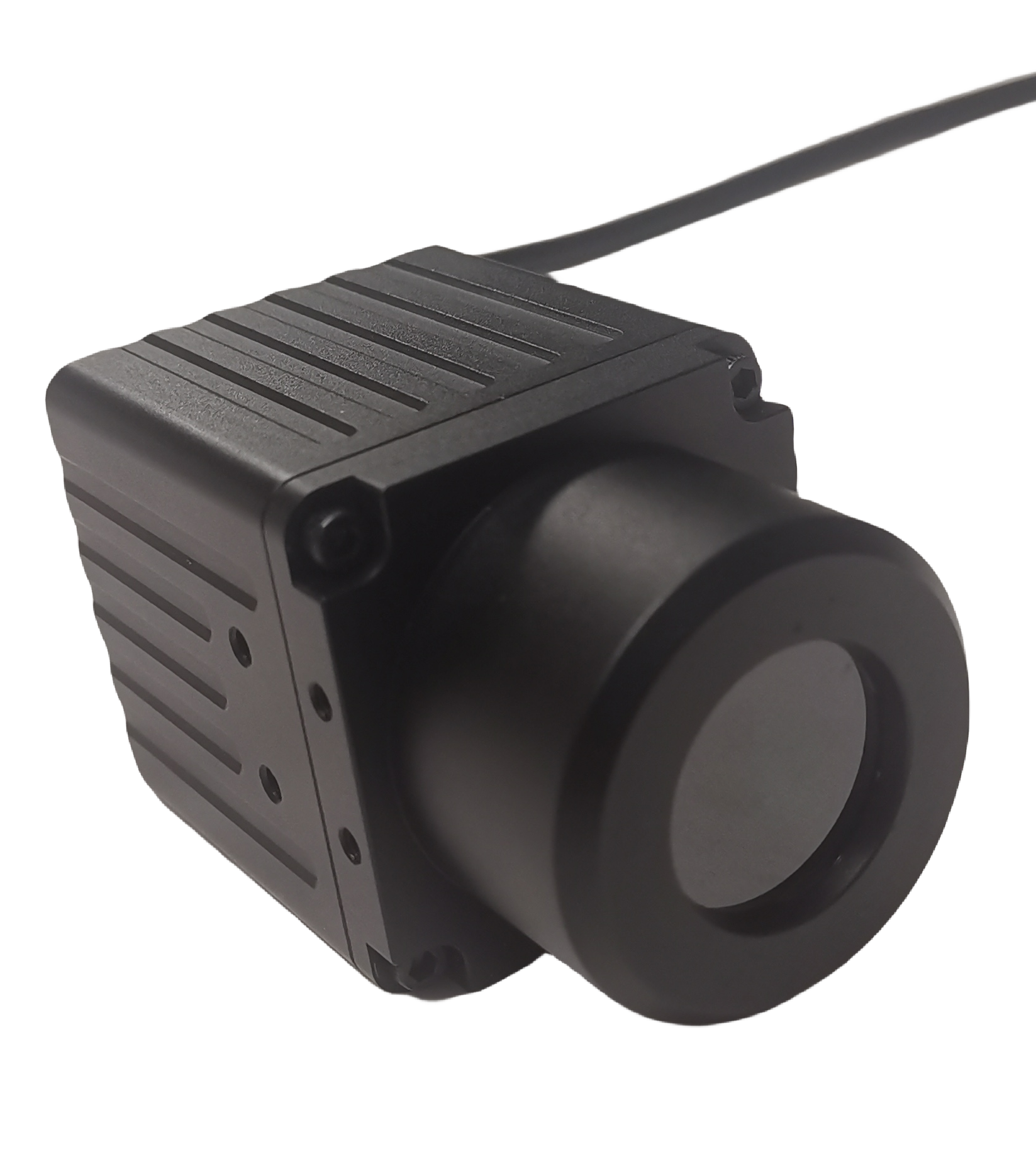Enhancing Car Safety with the Best Thermal Camera for Cars

Car Safety & Thermal Imaging
Car safety remains a paramount concern within the automotive industry, and the integration of thermal imaging technology has significantly elevated safety standards. The use of thermal cameras for cars enhances visibility in challenging conditions such as low light and adverse weather, playing a pivotal role in accident prevention. Moreover, the incorporation of thermal dash cams and advanced driver assistance systems (ADAS) has brought about a revolutionary shift in car safety protocols, ensuring superior protection for drivers and passengers alike.
Thermal Imaging Technology: "The integration of thermal imaging technology has revolutionized car safety standards."
Thermal Imaging Basics
Thermal imaging technology operates by utilizing infrared technology to detect heat signatures, thus enhancing visibility in low light conditions. By capturing the thermal radiation emitted by objects, it creates a visual representation of temperature differences, allowing for improved visibility and detection of potential hazards on the road.
How Thermal Imaging Works
Thermal imaging relies on infrared technology to identify heat signatures, enabling better visibility in low light conditions.
It captures thermal radiation emitted by objects, creating a visual representation of temperature disparities.
Applications of Thermal Imaging in Automotive Safety
Thermal imaging is instrumental in automotive safety for night vision, pedestrian detection, and hazard identification on the road.
The integration of thermal dash cams enhances accident documentation and analysis, thereby contributing to improved safety measures.
Enhanced Visibility & Safety
Night Vision Capabilities
Car thermal imaging for safety is exemplified through the enhanced night vision capabilities provided by thermal cameras. This technology significantly improves visibility, thereby reducing the risk of accidents in low light conditions. By detecting heat signatures, drivers can effectively identify objects and obstacles on the road, enhancing overall safety.
Visibility in Adverse Weather Conditions
Vehicle thermal imaging for enhanced safety extends to adverse weather conditions such as fog, rain, and snow. Thermal imaging technology contributes to safer driving experiences by enhancing visibility in challenging weather scenarios. It enables drivers to detect potential hazards and navigate adverse weather conditions with increased confidence, ultimately promoting safer driving practices.
In the words of an automotive safety expert:
"The integration of automotive thermal imaging technology has redefined visibility and safety measures in challenging driving environments."
Advanced Driver Assistance Systems (ADAS) Integration
Role of Thermal Imaging in ADAS
In the realm of advanced driver assistance systems (ADAS), the integration of thermal imaging technology plays a pivotal role in providing real-time data on the vehicle's surroundings, thereby enhancing safety measures. By leveraging thermal imaging, ADAS supports critical functionalities such as collision avoidance, lane departure warnings, and adaptive cruise control, all of which contribute significantly to accident prevention.
Automotive Safety Expert: "The incorporation of top-rated thermal imaging devices for vehicles within ADAS has redefined safety protocols by offering real-time data for enhanced accident prevention."
Benefits of Thermal Imaging in ADAS
The incorporation of superior car thermal imaging technology within ADAS brings forth a multitude of benefits. Firstly, it enhances the accuracy of object detection, thereby bolstering overall safety measures on the road. Additionally, thermal dash cams provide valuable post-incident data for analysis, facilitating a comprehensive understanding of accident scenarios and aiding in the formulation of effective prevention strategies.
The integration of thermal imaging in ADAS significantly improves object detection accuracy.
Thermal dash cams offer crucial post-incident data for comprehensive analysis and prevention strategy formulation.
Real-life Examples
Case Studies on Thermal Imaging Success Stories
Illustrative case studies serve as compelling evidence of the efficacy of thermal imaging in preventing accidents and elevating overall car safety. These real-life examples vividly demonstrate how vehicle thermal imaging cameras have played a pivotal role in averting potential hazards on the road and enhancing driver visibility across diverse scenarios. From low light conditions to adverse weather, the implementation of automotive infrared dash cams has significantly contributed to accident prevention and improved safety measures.
Testimonials from Automotive Experts
Respected industry professionals and automotive experts offer insightful testimonials on the remarkable benefits of thermal imaging for car safety and accident prevention. Their firsthand experiences and success stories underscore the profound significance of thermal dash cams in reshaping car safety standards. These testimonials provide valuable insights into the tangible impact of embracing thermal imaging technology within the automotive industry, emphasizing its pivotal role in ensuring enhanced safety for drivers and passengers alike.
Embracing Thermal Imaging for Car Safety
In embracing thermal imaging for car safety, it is paramount to recognize the pivotal role that this technology plays in elevating safety standards within the automotive industry. The integration of thermal dash cams and advanced driver assistance systems (ADAS) has significantly contributed to improved safety measures, ensuring enhanced visibility and accident prevention capabilities on the road.
By embracing automotive thermal imaging technology, drivers can benefit from superior visibility in challenging conditions, ultimately promoting safer driving practices.
The incorporation of vehicle thermal imaging for enhanced safety is crucial for advancing car safety and preventing accidents, making it an indispensable component of modern vehicle safety protocols.
In the words of a leading automotive expert:
"The integration of thermal imaging technology has redefined safety measures in the automotive industry by providing enhanced visibility and accident prevention capabilities."
See Also
Improving Nighttime Safety with Car Thermal Camera System
Discovering the Top Drone with Thermal Camera in 2024
Top Thermal Camera Drones in 2024 - Your Complete Guide
Contact Us: Ms. Coco Huang
E-mail: sales@iasun.cn
WhatsApp/Wechat: +86 13510421923

